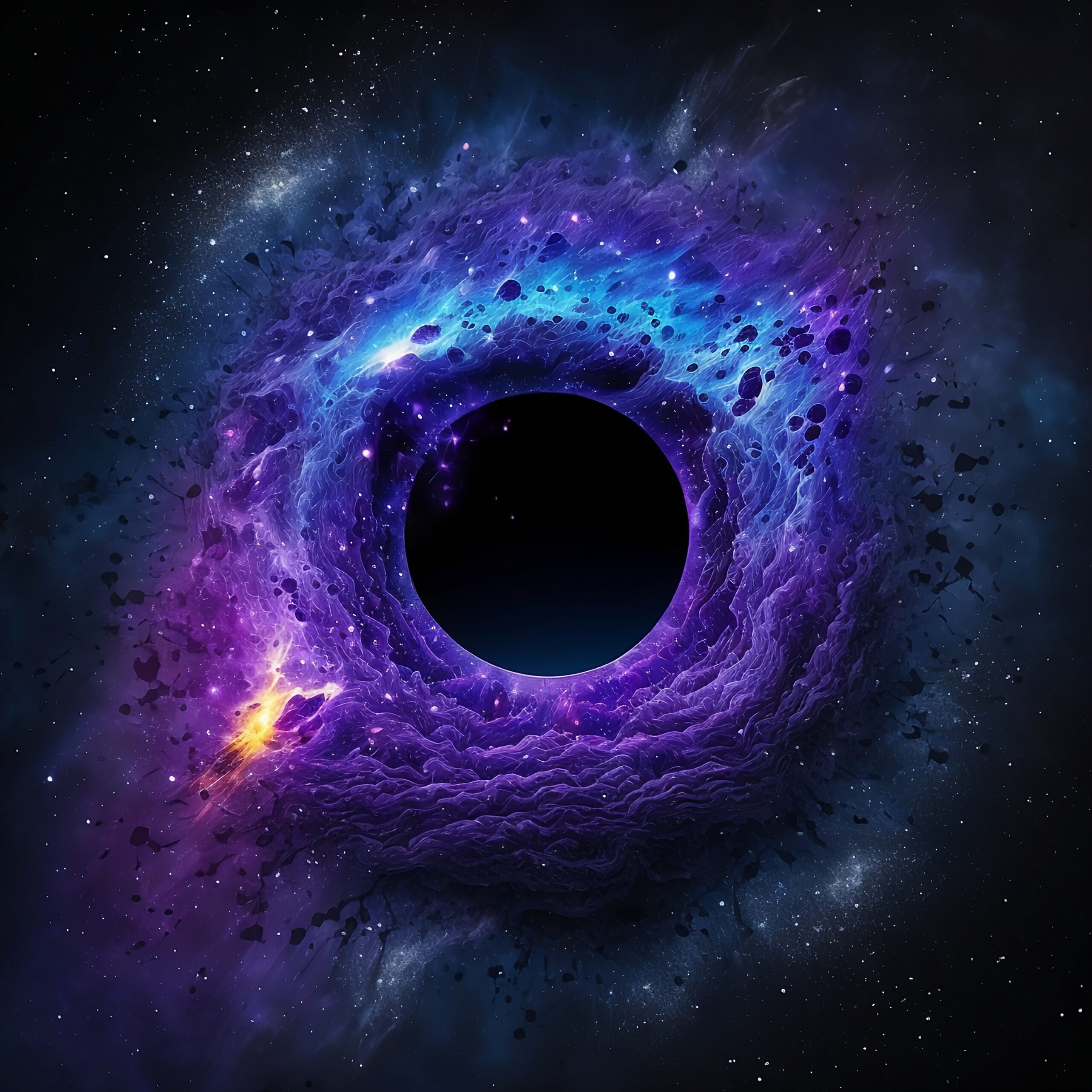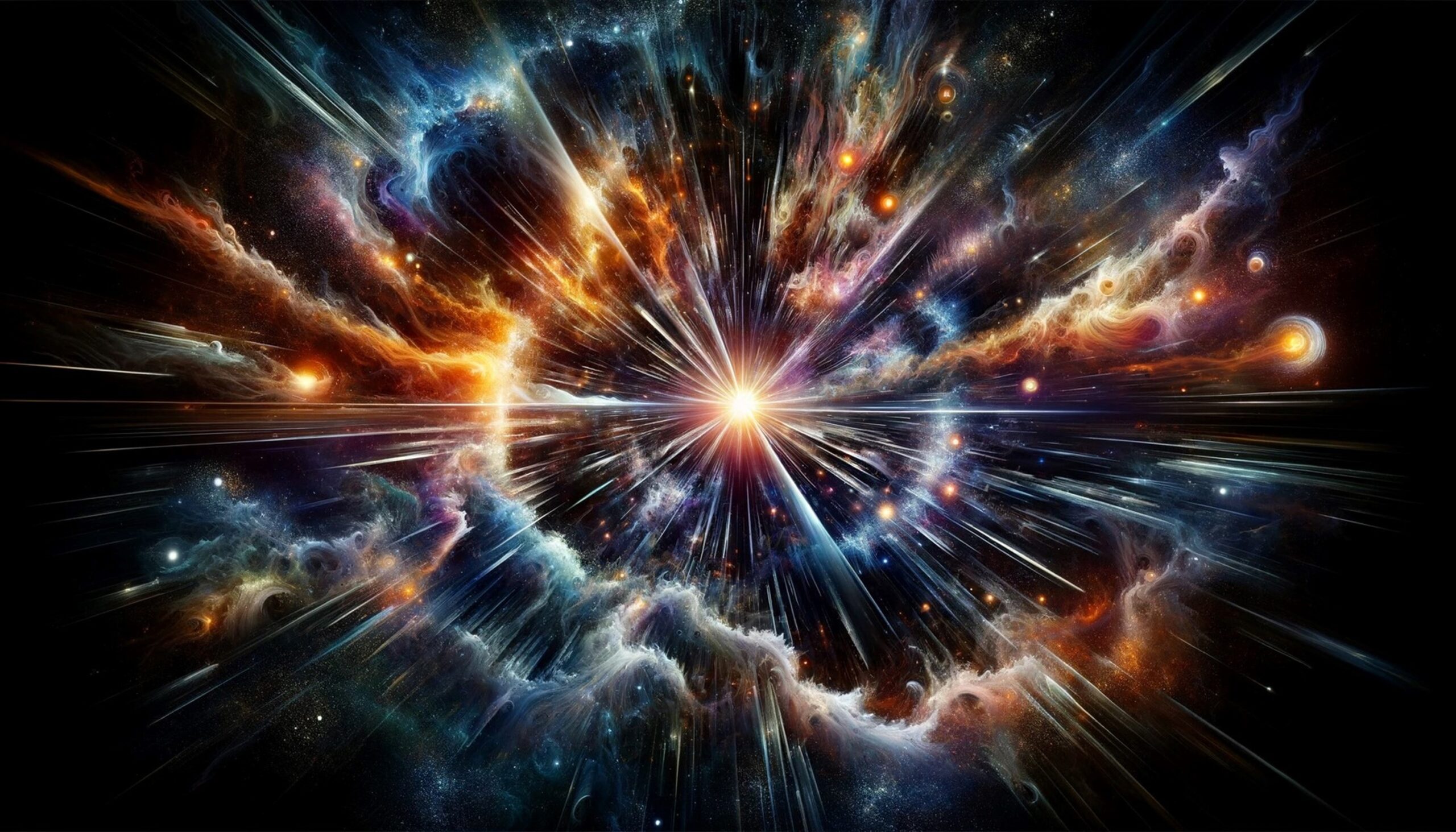Introduction
In the vastness of space, few sights are as famous and intriguing as the Horsehead Nebula. This dark cloud, found in the Orion constellation, looks like the head of a horse and fascinates both astronomers and anyone who enjoys stargazing. But what makes this nebula so special?
What Is the Horsehead Nebula?
A nebula is a large cloud of gas and dust in space, often where stars are born or where they leave behind remnants after exploding. Among these clouds, the Horsehead Nebula, also called Barnard 33, is one of the most well-known dark nebulae. Found in the Orion constellation, this nebula stands out because it looks like a horse’s head rising from the surrounding space.
The Horsehead Nebula is part of the Orion Molecular Cloud Complex and is about 1,500 light-years away from Earth. This area is full of new stars forming, and the nebula itself is a thick patch of gas and dust that hides the light from the bright stars and other nebulae behind it.
The Horsehead Nebula gets its famous shape because this dense cloud blocks the bright, glowing hydrogen gas of the larger IC 434 nebula behind it. This contrast creates the striking silhouette of a horse’s head, making it one of the most recognizable sights in the night sky. Although it may look small through telescopes, the nebula is actually about five light-years tall, showing just how vast space really is.

Page URL: https://commons.wikimedia.org/wiki/
Attribution: Pablo Carlos Budassi, CC BY-SA 4.0 https://creativecommons.org/licenses/by-sa/4.0, via Wikimedia Commons
Why Is the Horsehead Nebula So Special?
The Horsehead Nebula captures the attention of astronomers and space lovers because of its stunning appearance and importance in science. Its unique dark shape against the glowing red background of the IC 434 emission nebula makes it one of the most photogenic objects in space. The sharp contrast between the dark cloud of gas and dust and the bright hydrogen gas around it creates a breathtaking image that has fascinated professional astronomers and astrophotographers for many years.
Scientific Importance
Beyond its beauty, the Horsehead Nebula is very important for science. It is an active area for star formation, making it a key location for understanding how stars and planetary systems are created within molecular clouds. The nebula is made up of cold gas and dust, which are the building blocks for new stars. By studying the interactions in this cloud, astronomers learn about the processes that start star formation and how these new stars affect their surroundings. Research on the Horsehead Nebula also helps scientists understand the larger dynamics of molecular clouds and the forces at work in these stellar nurseries, giving us a peek into the early stages of cosmic evolution.
How Was the Horsehead Nebula Discovered and Observed?
The Horsehead Nebula was first identified in 1888 by Scottish astronomer Williamina Fleming, who found it on photographic plates at the Harvard College Observatory. Fleming was one of the early women in astronomy, and her discovery of this dark nebula was an important milestone in the field. At that time, early telescopes couldn’t show the nebula’s detailed shape, so its “horse’s head” silhouette wasn’t recognized right away.
Modern Observation
As technology improved in the 20th century, astronomers began to capture clearer images of the Horsehead Nebula, revealing its famous shape. The creation of more powerful telescopes made it easier to observe nebulae from both Earth and space.
In recent years, space telescopes like the Hubble Space Telescope have changed how we understand the Horsehead Nebula. Hubble’s high-resolution images have shown amazing details of the nebula in both visible light and infrared. Observing in infrared is especially useful because it can see through the thick dust clouds, uncovering hidden stars and the nebula’s complex structure. Additionally, radio telescopes and the Atacama Large Millimeter/submillimeter Array (ALMA) have allowed scientists to study the molecular gas within the nebula, improving our understanding of how stars form in these dense areas.
Thanks to these modern tools, the Horsehead Nebula has become one of the most studied nebulae, providing valuable information on how stars and planetary systems develop within molecular clouds.
Conclusion
Whether you’re an experienced astronomer or just someone who enjoys looking at the stars, the Horsehead Nebula is a fascinating reminder of the vast and mysterious universe beyond our planet. Its unique beauty and the science behind it inspire us to keep exploring, dive deeper into space, and stay curious about the many celestial wonders yet to be discovered.
If you’re interested in space exploration or want to stay updated on the latest astronomical discoveries, following space news is a great way to do it. For those who love observing the night sky, try to find the constellation Orion, where the Horsehead Nebula is located. Although it’s faint, finding it can be an exciting challenge for dedicated stargazers with the right equipment.
The universe is full of wonders waiting to be explored, and the Horsehead Nebula is just the beginning. So, keep looking up!
Share the knowledge with

